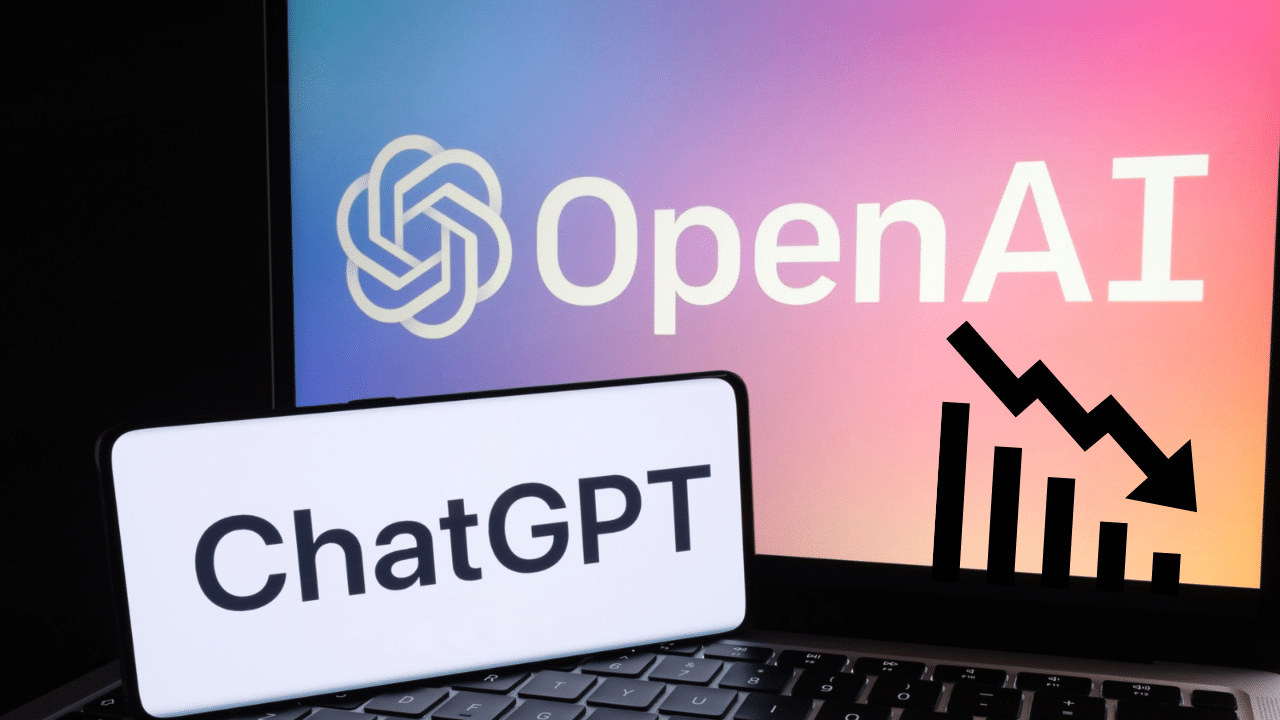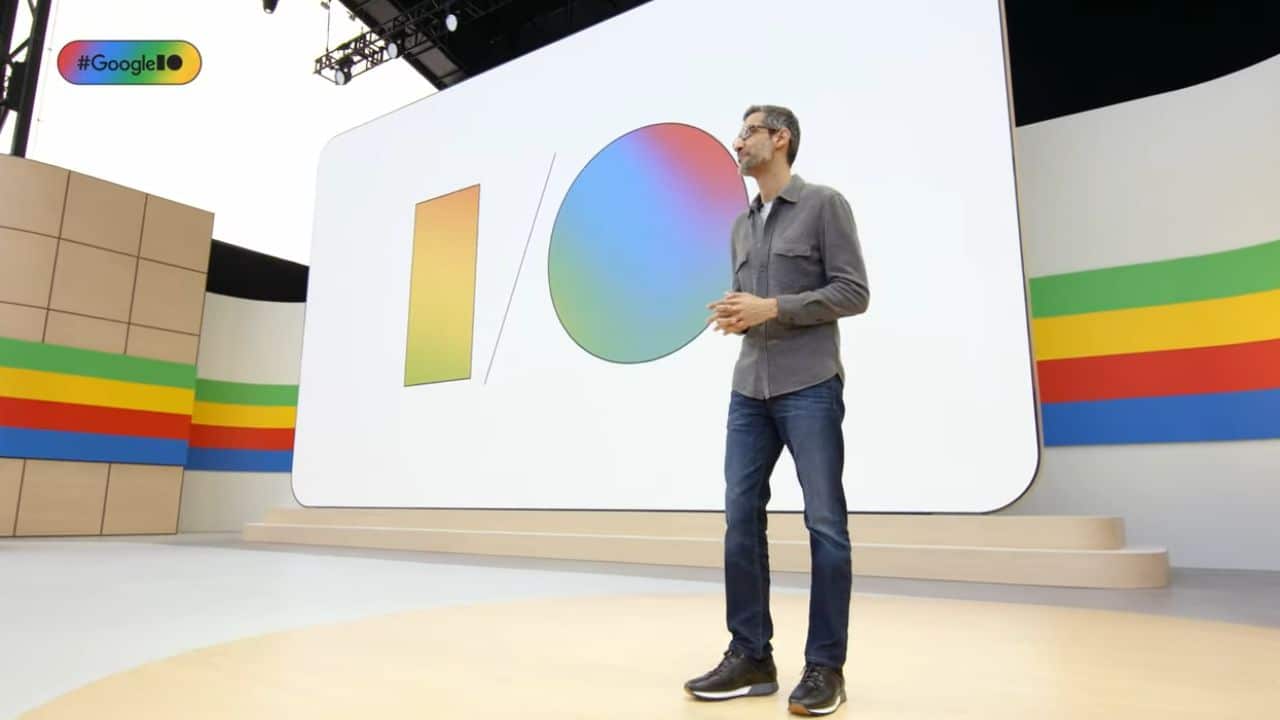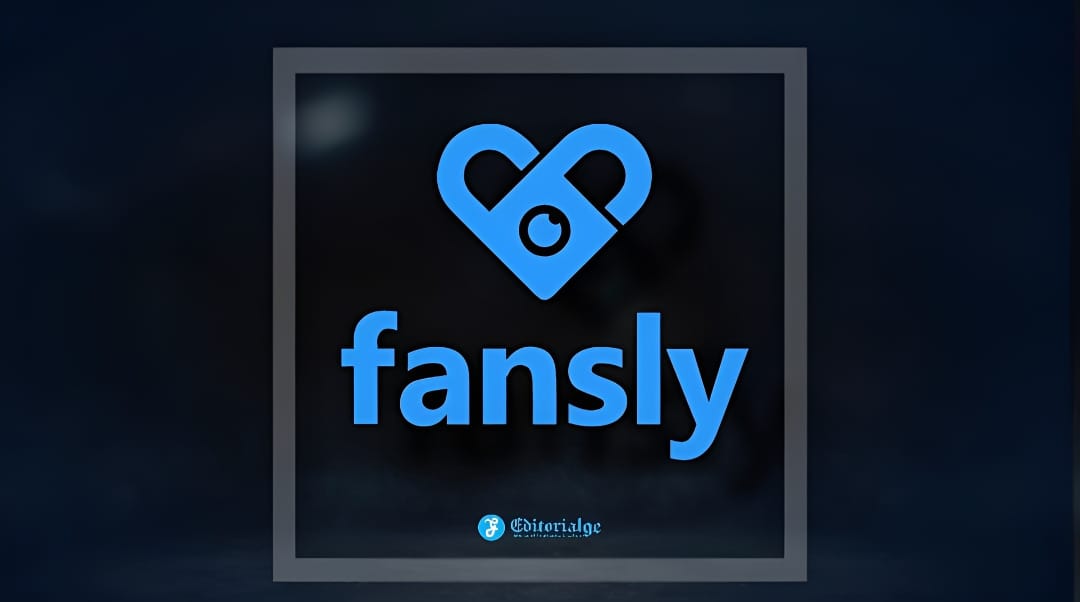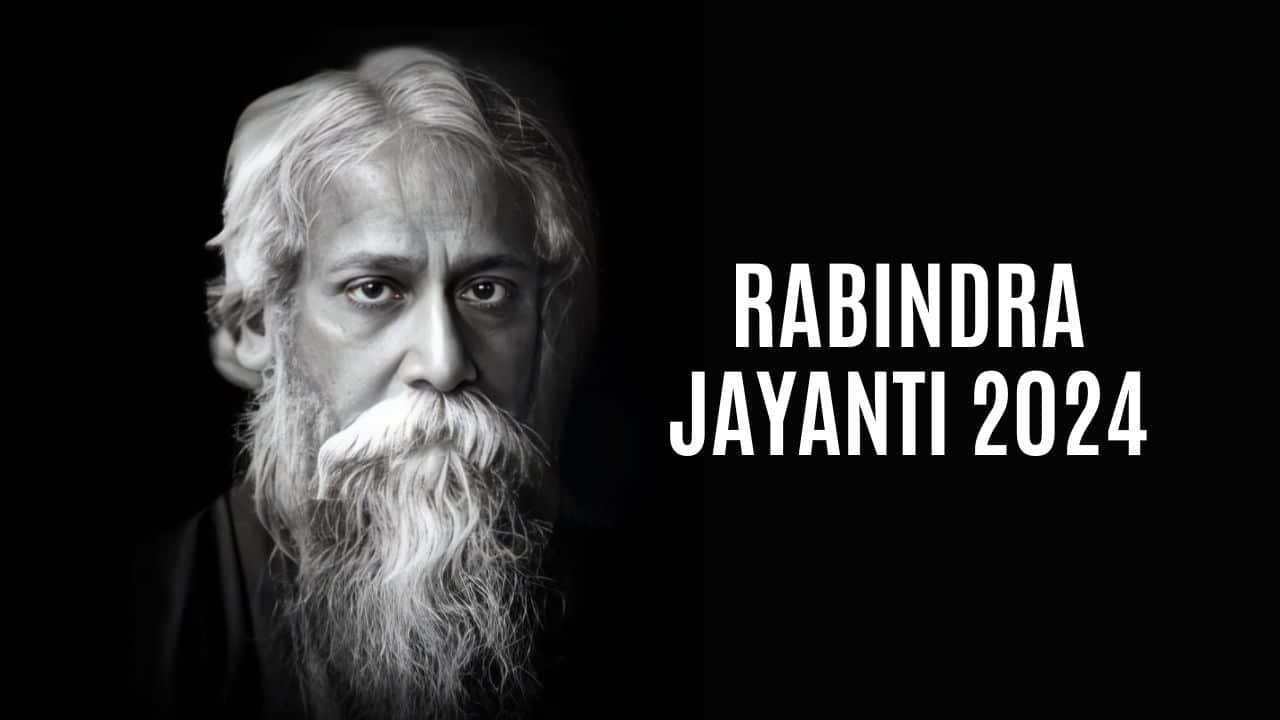Are you curious about why ChatGPT traffic declined suddenly in June? According to internet data firm reports, global mobile and desktop traffic fell 9.7% that month compared to the previous one.
This blog post sheds light on possible causes of this decline, from user fatigue to competition from other AI models and chatbots. We will also discuss how OpenAI has responded and what lies ahead for ChatGPT’s future traffic prospects.
So get ready to gain valuable insights into What’s behind the decline in ChatGPT traffic!
Overview of ChatGPT’s Traffic Decline
ChatGPT experienced an unexpected drop in traffic, with a worldwide month-over-month decrease of 5.7% in the United States and 9.7% globally between May and June.
ChatGPT’s explosive growth and subsequent decline
ChatGPT, an open-source natural language processing tool, experienced tremendous growth in traffic before a decline was witnessed. In June 2020, worldwide desktop and mobile traffic to ChatGPT’s website decreased by 9.7% compared to the previous month; furthermore, Bank of America analysts noted that this trend is consistent with other trends observed on popular social media platforms like Twitter and Instagram.
It appears that this initial success of ChatGPT may have hit a plateau, as evidenced by its web traffic remaining at only 25%.
Possible reasons for this sudden downturn include the introduction of the paid subscription version – ChatGPT Plus – which may be reducing usage of the free version, user fatigue, or decreasing interest in AI-based tools such as chatbots/virtual assistants competing with ChatGPT as well as technical issues or performance concerns impacting usage numbers.
Decrease in desktop and mobile traffic
The decreased desktop and mobile traffic to the ChatGPT website represents a significant shift in user engagement patterns.
| Type of Traffic | Percentage Decrease |
|---|---|
| Global Desktop Traffic | 9.7% |
| Global Mobile Traffic | 5.7% |
| U.S. Traffic (Overall) | 10.3% |
Table: Traffic Decrease Rate Report of ChatGPT
This downward trend could indicate that the initial novelty of ChatGPT may be wearing off. There’s also the possibility that the recent introduction of the paid subscription service, ChatGPT Plus, may have impacted users’ engagement with the free version. Other factors could include the availability of API access, competition from other AI models and chatbots, and potential technical issues or performance concerns. Detailed reasons behind this traffic decrease, however, have not been elaborated.
Possible Reasons for ChatGPT Traffic Decline
Factors contributing to decreased traffic include the introduction of paid subscription ChatGPT Plus, API access availability, user fatigue or decreased interest, and competition from other AI models/chatbots.
Introduction of paid subscription ChatGPT Plus
In June 2020, ChatGPT launched its new paid subscription service – ChatGPT Plus. The introduction of this feature was one possible factor contributing to the decline in website traffic for ChatGPT over recent months. It could have increased users seeking access through other means, such as their API.
Read More: How to Use ChatGPT to Write a Perfect Business Plan
This indication of a shift from the free-use model to a more financially driven strategy has seen notable changes being made across all levels of business operations within ChatGPT. It may be a contributor to user fatigue or decreased interest when it comes to using the platform overall.
Additionally, while some may argue that heightened competition with other AI models/chatbots is also responsible for lower usage rates on ChatGPT, it cannot be confirmed whether or not this played any role directly at this moment in time.
Availability of API access
API access has become an increasingly influential factor for website traffic. ChatGPT’s ability to provide external developers with access to the same capabilities its users enjoyed may have affected the decline of its overall traffic.
The ability of third-party developers to tap into ChatGPT’s databases and use their AI-powered platform for existing applications meant that users no longer needed to navigate through the web page or app, as all these activities could be fulfilled outside of it.
This likely resulted in decreased engagement on the front end, causing those previously using ChatGPT regularly to seek out new options provided by third-party developers instead.
Furthermore, as consumers may perceive API access as creating increased competition from other AI models/chatbots, this could lead them away from utilizing ChatGPT.
User fatigue or decreased interest
In recent months, the ChatGPT website has seen a dramatic decline in its web traffic. In June alone, there was a 10% decrease in traffic from both desktop and mobile users. The possible reasons for this drop can be attributed to user fatigue or decreased interest.
Many of these users may have lost interest due to the availability of a paid subscription to ChatGPT Plus and API access, possibly making them consider that it’s not worth their time with the free version anymore.
User exhaustion could also play a role, as many students being on summer break would mean they’ve had less time on hand to use the service as extensively as before. Furthermore, other AI models/chatbots may have gained traction since then, with user preferences shifting towards those options over ChatGPT’s offerings, thus leading to reduced engagement numbers by existing visitors who are unsure of what chatbot is best suited for their needs – further hastening the downward spiral of usage among new and old visitors alike.
Competition from other AI models/chatbots
ChatGPT has not been immune to the arrival of its competition in the AI chatbot market. Its competitors offer a range of features, including natural language processing, intelligent conversation capabilities, and even more sophisticated tools that make them stand out from their peers.
This influx of other similar companies into the same space means that user attention is being split between multiple services, which naturally leads to lower traffic for any single service, such as ChatGPT.
Some offerings are starting to surpass it in terms of performance and capability, while others provide appealing pricing plans or greater customization options for users. All these factors can pressure current customer engagement with existing AI chatbot providers.
Technical issues or performance concerns
When users sign up for ChatGPT, they expect a consistent user experience that is smooth and responsive. Unfortunately, many users have reported technical difficulties and performance issues with the platform, leading to dissatisfaction with their experience.
The decline in traffic can partly be attributed to these technical challenges, such as slow response times or limited service availability, making it difficult for people to engage with the chatbot.
As a result of this decreased engagement, OpenAI’s profit margin has seen a sharp decrease due to its free-access model. This also raises questions about AI advancement and user expectations of ever-improving solutions that are dependable.
Impact of ChatGPT Plus on Free Traffic
The introduction of a paid subscription, ChatGPT Plus, has caused users to migrate away from the platform’s free version, leading to decreased engagement with the original model.
Potential migration of users to the paid subscription
The introduction of the paid subscription, ChatGPT Plus, has enabled users to gain access to OpenAI’s more advanced GPT-4 model. This upgraded AI experience provides several improved features and capabilities, such as expanded response quality and breadth at a faster speed.
Furthermore, this version offers permission anonymity for organizations that desire privacy around their data hosting during conversations with chatbot agents. As a result of these advantages offered by ChatGPT Plus, it has become an attractive option for many users who may opt to upgrade from the free version.
Additionally, given its competitive pricing, some will likely switch over completely from another platform or move away from using something like WhatsApp when talking to bots and turn into subscribers solely dedicated to ChatGPT Plus.
Decreased engagement with the free version
The introduction of the subscription-based ChatGPT Plus in April this year has been suggested as a potential contributor to the decreased engagement levels with the free version. Paid users will likely be more actively engaged than those using the free version, who may not see enough benefit from their interactions.
Many existing users also shifted over when they realized that certain features – such as additional Supplemental Content Packs – were only available on ChatGPT Plus. This affected user loyalty and could have contributed to an overall decline in usage of the free version.
At first glance, competing AI models/chatbots could represent another factor adversely affecting engagement rates. That said, recent BofA Global Research survey results showed that most respondents preferred ChatGPT’s performance even after 60% reported a reduction in activity at the end of June 2020, suggesting other factors must drive this decrease than technical inferiority or competition from other platforms.
Analysis of User Feedback and Satisfaction
This section examines the user experiences with ChatGPT by looking at feedback from surveys, research studies, and other sources to determine their satisfaction with the product.
User perception of ChatGPT’s performance and capabilities
has been an ongoing source of discussion and debate. The availability of intense competition in the form of other AI models or chatbots, combined with increasing user fatigue and waning interest, has played a role in ChatGPT’s decline in traffic over recent months.
Issues around knowledge, transparency, and ethics have also become increasingly important for its users. Reports suggest that many users are dissatisfied with ChatGPT’s performance, capabilities, accuracy, or speed compared to other available options – potentially leading them towards alternative services.
Furthermore, research paper findings indicate skills deterioration across areas such as question answering – further limiting potential engagement from users and decreasing traffic for ChatGPT.
Issues or limitations faced by users
- Biases: Users have raised concerns about how ChatGPT is trained on biased data, which can result in inaccurate responses and outdated information.
- Outdated Information: Continuous updates are required to ensure the accuracy of answers given by the model. Otherwise, outdated data might contradict recent developments or news in the industry.
- Lack of Openness: Limited access to key components like AI chatbot’s source code questions their reliability as a service provider and its effectiveness over time due to potentially hidden bugs and complexities within the system architecture that aren’t intended for users to understand, making them vulnerable to possible security breaches or malicious activities engineering behind closed doors.
- Reliability: As ChatGPT relies primarily on machine learning technologies, it can be unreliable at times when dealing with complex tasks such as accurately comprehending elaborate user requests & conversations along with providing accurate recommendations based on real-time circumstances & events, including market trends & financial volatility making it less reliable than conventional analytics methodologies used by experts employing conventional analytical systems approach towards decision-making processes concerning strategic high-risk investments without specifying clear parameters & limitations with automated trading, exemptions, disclosure agreement especially regulated actions requiring SEC approval.
Comparison with other AI models/chatbots
ChatGPT, like other AI models and chatbots, has distinct strengths and weaknesses that influence user satisfaction and usage. The table below provides a comparative analysis of ChatGPT and several of the best AI chatbots identified in 2023 for improving business efficiency, generating leads, and automating workflows.
| ChatGPT | Alternative AI Chatbots | |
|---|---|---|
| Business Efficiency | ChatGPT has remarkable language comprehension and generation capabilities, enabling efficient and intuitive human-like interactions. | Alternative chatbots excel in focused, task-specific optimizations, efficiently automating simple tasks and workflows. |
| Lead Generation | While ChatGPT can engage users with interactive and dynamic conversations, it may lack the precision targeting capability necessary for effective lead generation. | Other chatbots can be tailored towards lead generation, employing data analytics and personalization to engage potential customers. |
| Automation Capability | ChatGPT shines in its capacity for open-ended conversations but lacks specialized automation features. | Many alternative chatbots are designed specifically for automation, easily handling repetitive tasks and freeing up human resources. |
| Customer Experience | ChatGPT focuses on providing a human-like conversation experience, yet it may sometimes produce non-sequitur or irrelevant responses. | Other chatbots may not mimic human conversation as effectively, but they are often designed to provide straightforward, clear, and useful responses to user queries, enhancing customer experience. |
Table: Comparison Between ChatGPT and Other AI Models
Although ChatGPT offers distinct advantages, it faces competition from other AI chatbots that excel in certain tasks. These factors have a considerable impact on ChatGPT’s traffic and user engagement.
OpenAI’s Response to the Traffic Decline
OpenAI developed strategies in response to the decreased traffic, including improvements and updates to ChatGPT and marketing initiatives designed to re-engage users.
Strategies to address user concerns and feedback
OpenAI is taking a proactive approach to address the drop in ChatGPT’s traffic. Not only are they striving to improve user satisfaction, engagement, and overall experience with the AI chatbot, but they are also playing an important role in maintaining trust between their technology and its users.
This might involve making structural changes, technical updates, and more comprehensive strategies across multiple aspects, such as revamping design frameworks or marketing initiatives.
OpenAI is working on understanding each requirement for generative conversational AI from both opportunities and challenges perspectives so that it helps them re-engage existing customers and acquire new ones.
Improvements and updates to ChatGPT
- OpenAI has updated ChatGPT with several features to improve its performance and capabilities, including introducing new artificial intelligence (AI) models like DialoGPT.
- The availability of pre-trained models and APIs allows users to create custom text generators from millions and billions of words from different categories.
- Understanding complex questions or topics has also been improved so that ChatGPT can generate more accurate responses and learn faster. This also makes it easier for users to manage conversations without constantly trying new keywords or phrases with which ChatGPT might interact better.
- By introducing an interactive interface that improves the conversation flow between the user and AI model, ChatGPT can now guide conversations in natural spoken language while still being able to understand corrections or contextual changes.
- There are options for boosting accuracy on certain queries using the GDATA deep learning algorithm, which combines statistics, including context, phrasing, similarity metrics, etc., for analysis during chat activities.
- Further improvements include support for multiple languages, such as German & Chinese, so that people worldwide can benefit from this amazing technology and higher-quality voice recognition tools, enabling participants, even those living far away from each other, to engage in real-time discussions.
- Other enhancements include improved multi-user collaboration abilities (which allow two bots or more users), advanced analytics dashboard monitoring tools that provide insights into user behavior to drill down into behaviors associated with high usage scenarios through game dynamics, etc.
Marketing initiatives to re-engage users
OpenAI’s efforts to re-engage users have included leveraging ChatGPT’s human-like accuracy in marketing, implementing strategies to address user’s concerns and FAQs, and actively improving the user experience with enhancements to capabilities.
To counter the drop in website traffic, OpenAI is introducing initiatives such as targeted advertisements for its paid subscription, “ChatGPT Plus”; increasing promotional activity online through social media campaigns & blogs; utilizing email/messaging outreach services geared towards past customers or potential new leads; developing a customer feedback portal for direct insight into ROI & satisfaction levels; creating interactive tutorials based on key areas of AI discussed by experts to solidify Engagement & trust of the service offerings.
This bold effort proves that OpenAI understands how essential it is to keep up with technological advances and lead them to ensure long-term stability and remain competitive in this marketplace.
Future Outlook for ChatGPT’s Traffic
By analyzing user feedback, OpenAI can determine the trajectory of ChatGPT’s traffic and develop strategies for improving user engagement.
Predictions for future growth or decline
The future of ChatGPT’s traffic is difficult to predict. Despite initial success, the platform experienced a plateau in popularity, with its growth rate slowing down in April 2023 compared to other months.
Detailed statistical analysis and usage patterns suggest the program is experiencing a decline in mobile and desktop traffic. The introduction of paid subscription ChatGPT Plus might have caused some users to migrate away from free access and increased competition from other AI models/chatbots, which has decreased user engagement.
OpenAI will need to address these factors moving forward to ensure long-term sustainability for the platform. To do so, strategies specific to reengaging lapsed users, updates or improvements to ChatGPT technology based on user feedback, and improved marketing initiatives will be essential for predicting potential growth in traffic over time.
Potential impact of new features or updates
Introducing new features or updates could drastically improve ChatGPT’s traffic. Implementing these additions is expected to address user concerns, improve customer satisfaction, and re-engage users with the platform meaningfully.
This could ultimately increase engagement from old users and attract new ones. New features or updates include revamping the payment system for more efficient access, introducing API integration to make it easier for developers to integrate ChatGPT into projects, and implementing cutting-edge research like generative adversarial networks (GANs) for improved accuracy.
Ultimately, this would inspire a renewed interest among digital communities, resulting in increased traffic levels for ChatGPT. Moreover, improvements such as these could revolutionize all language models on which AI chatbots are based, leading to economic prosperity across particular industries worldwide.
Market competition and user preferences
Their users steadily increase as AI chatbots become more prominent in the technological landscape. More and more businesses aspire to use them for various purposes, such as providing customer service solutions, virtual assistants, or personalization.
This has resulted in high competition between developers, a rapid evolution of chatbot technologies, and user expectations about what they should deliver. ChatGPT experienced explosive growth undermined by this expanding competitive landscape, leading to its ethanol decline in traffic over recent months.
User preferences have shifted towards those models offering stronger capabilities, privacy considerations, or even affordability – all aspects where ChatGPT needs to invest to regain lost ground on market traction against newer models.
Impact on OpenAI’s Business Model
An analysis of OpenAI’s business model reveals that the decline in traffic has caused a decrease in revenue generation through ChatGPT Plus, requiring potential adjustments to pricing or offerings for long-term sustainability.
Revenue generation through ChatGPT Plus
OpenAI’s ChatGPT Plus subscription plan is an effective way for the company to increase their revenue. This subscription service offers enhanced features and benefits that are not available on the free version of ChatGPT.
It allows users to use advanced chatbots with improved accuracy, automatic predictions, access to a bigger library of topics and settings, and enhanced customization options.
The payable subscription also enables OpenAI’s business model through revenue generation from user payments in exchange for additional services such as support staff availability and API access.
Potential adjustments to pricing or offerings
As a result of the decline in ChatGPT’s web traffic, OpenAI is considering changes to its pricing and offerings. It may adjust existing plans or introduce new packages attractive to potential users.
For example, it could offer special membership discounts or access to certain features. User satisfaction must be considered when deciding on pricing options; updates should bring in more revenue and address some of the issues users have faced concerning performance and capabilities.
Moreover, considerations should be made about how this adjustment affects not just current customers but also those who use free access – as any tweaks could impact user numbers and engagement levels with the product overall.
With an array of competitors now offering similar AI models/chatbots, OpenAI needs to take steps that will strengthen loyalty and attract new customers simultaneously.
Long-term sustainability of free access
OpenAI faces a difficult challenge in maintaining the long-term sustainability of free access to ChatGPT. The initial explosive popularity of ChatGPT has led OpenAI to project a potential revenue target of over $1 billion. However, the operational costs associated with providing free access have highlighted the financial challenges and risks they face.
With its novelty seeming to wear off, there is a fear that user engagement may decline further, leading to increased competition from other AI models/chatbots and potentially fewer subscriptions for ChatGPT Plus.
This increasing pressure could jeopardize the viability and profitability of OpenAI’s business model if not addressed quickly. Additionally, since GPT-4 can now be used for free through Bing, this presents an even greater threat, given that users can readily avail of similar services without paying subscription fees.
Lessons Learned and Implications for AI Development
Researching ChatGPT’s traffic decline allows us to understand better the challenges faced by AI developers in balancing user demand and system capabilities, as well as illustrating the importance of understanding user feedback and satisfaction when developing monetization strategies.
Balancing user demand and system capabilities
When it comes to AI models such as ChatGPT, balancing user demand and system capabilities is a key challenge. Significant delays in processing text or responses may occur if the performance demands are too great for the available computing resources.
Additionally, if users expect more than the model can deliver, they might become frustrated with disappointing results and abandon their use of ChatGPT altogether. Realistic expectations must be set about what an AI system can deliver so users don’t have unrealistic hopes, often leading to disappointment and lack of satisfaction from using chatbot services.
There are related technical considerations when dealing with complex machine learning tasks, including scalability, continuous updates/improvements, and data accuracy, which must be addressed to ensure consistent performance over time regardless of growth in user numbers.
Importance of user feedback and satisfaction
User feedback is essential in the development of AI systems. For example, user feedback from ChatGPT users has highlighted performance and usability issues with OpenAI’s chatbot that have enabled them to improve their product.
By considering feedback from its users, developers can identify areas for improvement in terms of usability, functionality, and overall performance – this is key for Trust in AI technology.
Additionally, catering to user preferences and satisfaction helps drive engagement levels between humans and an AI system like ChatGPT, ultimately leading to increased product usage over time.
Considerations for Monetization Strategies
Monetizing an AI project is a challenging but important task for any creator. While access to most AI tools is currently free, they must still be maintained, and new features must be developed for the tool to stay competitive with alternatives – this requires some revenue generation.
To ensure the long-term sustainability and profitability of the project, creators need to find ways to create income streams while providing value for their customers. This could take form through subscriptions or by exploring new pricing techniques such as Freemium models or metered usage plans where users pay only for services they use above a certain threshold.
It’s also important that whatever monetization strategy is chosen considers user demand and preferences so that users are not driven away due to high prices or excessive restrictions on free access.











































